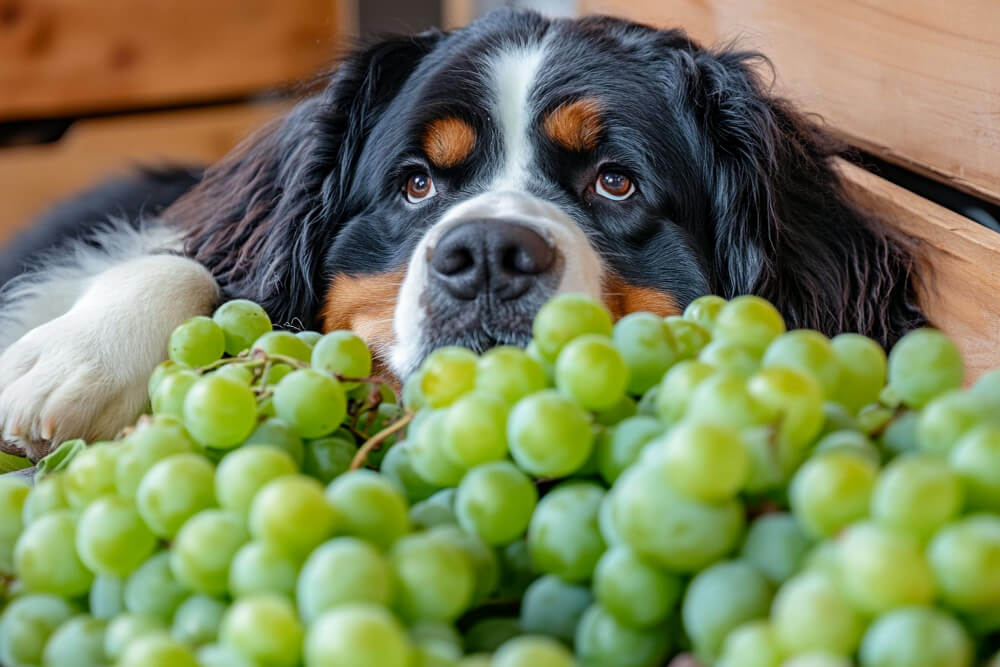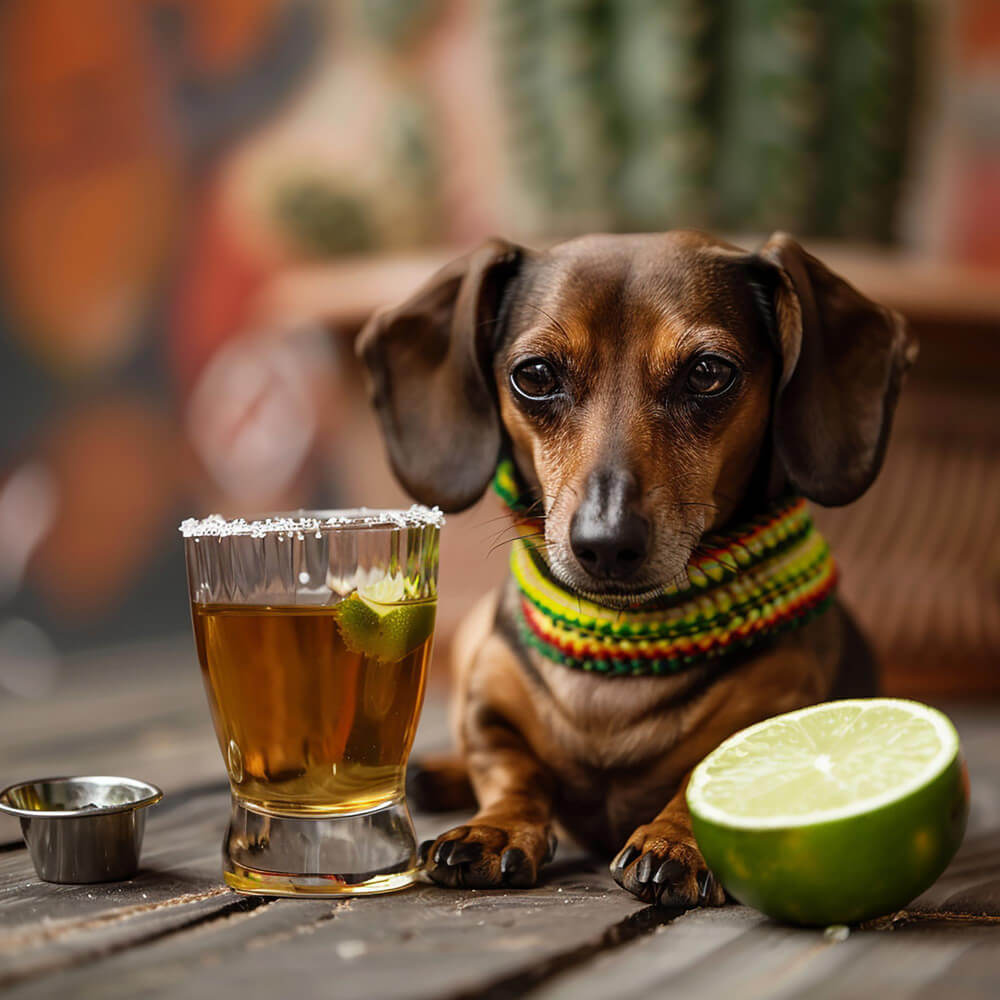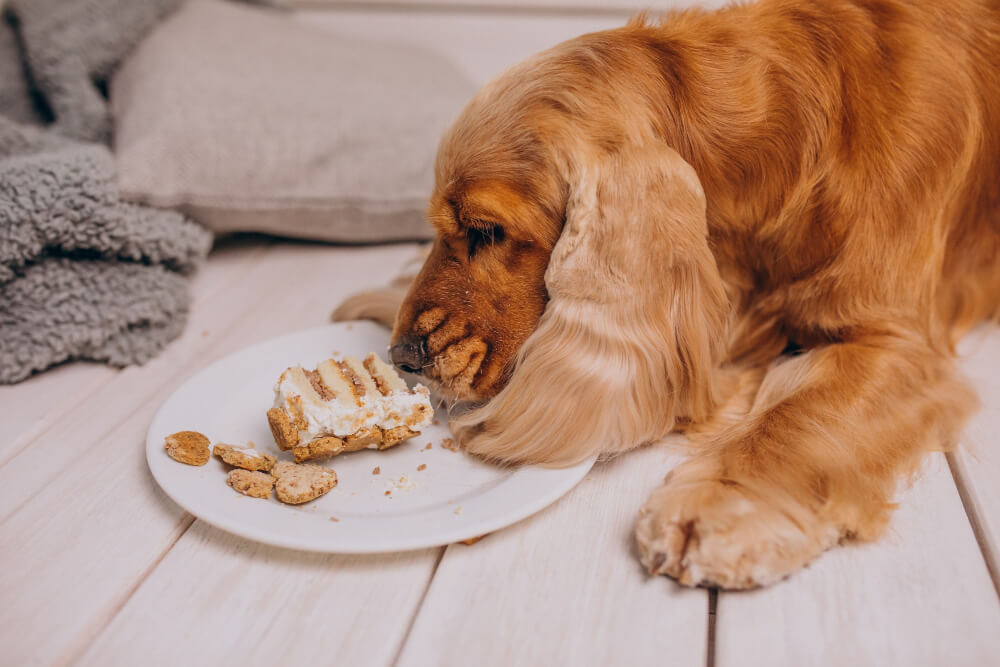Dogs are our loyal companions, and it’s natural to want to share everything with them, including food. But while some foods are safe, there are several that can be dangerous or even deadly for dogs. Understanding which foods are toxic can help keep your pet safe and healthy. Let’s dive into some of the most dangerous foods for dogs, why they’re harmful, and what you should do if your pup accidentally eats something they shouldn’t. Toxic food for dogs are really harmful for health.
Why Are Some Foods Toxic for Dogs?
Dogs have a different digestive system than humans, meaning their bodies can’t process certain substances the same way we do. Some ingredients in human food can cause anything from mild stomach upset to severe organ damage in dogs. This can be due to differences in liver metabolism, enzyme function, or simply because the substance is inherently harmful to canines.
Common Toxic Foods to Keep Away from Dogs
Here’s a list of some of the most common foods that can be toxic for dogs. You might be surprised to see a few items that you often have in your kitchen!
Chocolate
Chocolate is probably the most well-known toxic food for dogs, but do you know why it’s so dangerous?
- Toxin: Theobromine, a stimulant that dogs metabolize much slower than humans.
- Symptoms: Vomiting, diarrhea, rapid heart rate, restlessness, and, in severe cases, seizures.
- Severity: Dark chocolate and baking chocolate are the most dangerous due to higher theobromine content.
Grapes and Raisins
Grapes and raisins may seem like a harmless treat, but they can cause serious problems.
- Toxin: Unknown, but they can lead to kidney failure in dogs.
- Symptoms: Vomiting, lethargy, and, in severe cases, kidney damage or death.
- Severity: Even small amounts can be lethal, so avoid them entirely.

Onions and Garlic
These flavorful ingredients are staples in many recipes, but they’re toxic to dogs.
- Toxin: Compounds called thiosulfates, which can damage a dog’s red blood cells.
- Symptoms: Vomiting, diarrhea, lethargy, weakness, and pale gums.
- Severity: Cooking does not remove the danger, so raw, cooked, powdered, or dried forms are all harmful.
Xylitol (Artificial Sweetener)
Xylitol is a sugar substitute found in many sugar-free gums, candies, and baked goods, but it’s extremely toxic to dogs.
- Toxin: Xylitol triggers a rapid insulin release in dogs, leading to a dangerous drop in blood sugar.
- Symptoms: Vomiting, loss of coordination, seizures, and liver failure.
- Severity: Even a tiny amount can cause severe symptoms, so it’s best to keep any xylitol-containing products far out of reach.
Other Foods to Avoid
Aside from the well-known offenders, there are other foods that may not be as common but are equally harmful.
Macadamia Nuts
- Danger: Can cause weakness, depression, vomiting, and tremors.
- Why: The exact toxin is unknown, but even small quantities can lead to symptoms.
Alcohol
- Danger: Can cause vomiting, diarrhea, coordination problems, breathing difficulties, and even coma or death.
- Why: Dogs are more sensitive to ethanol than humans, and even a small sip can be dangerous.

Avocado
- Danger: Contains persin, which can cause vomiting and diarrhea in dogs.
- Why: The pit, skin, and leaves are particularly high in persin, though the flesh can also be problematic for some dogs.
Caffeine
- Danger: Like chocolate, caffeine can be very dangerous for dogs.
- Why: It affects the central nervous system and heart. Symptoms can include restlessness, rapid breathing, and heart palpitations.
What to Do If Your Dog Eats a Toxic Food?
Accidents happen. If your dog gets into something they shouldn’t, it’s essential to act fast. Here’s what to do:
- Identify What Was Eaten: Try to determine what and how much your dog ate. This information will be critical for your vet.
- Call Your Veterinarian or Animal Poison Control: Contact your vet immediately or the Animal Poison Control Center for guidance. They can tell you whether you should bring your dog in or induce vomiting.
- Monitor for Symptoms: Keep an eye on your dog for any signs of distress or unusual behavior, and take them to the vet if symptoms appear.
Safe Human Foods to Share with Dogs
While there are many foods that are dangerous for dogs, there are plenty of healthy options that can be a great treat:
- Carrots: Low in calories and good for teeth.
- Blueberries: Rich in antioxidants.
- Pumpkin: Great for digestion.
- Apple Slices: Just make sure to remove the seeds and core.
Final Thoughts: Keeping Your Pup Safe
Knowing which foods are toxic for dogs is crucial for every pet owner. Always keep dangerous foods out of reach, and don’t assume that what’s safe for humans is safe for dogs. When in doubt, consult your vet before giving your dog a new food item. Remember, a little prevention goes a long way in keeping your furry friend happy and healthy!
Feel free to bookmark this list, share it with fellow dog lovers, or print it out as a quick reminder. Your dog trusts you to make the best choices for them, so let’s make sure we’re all feeding them safely!








